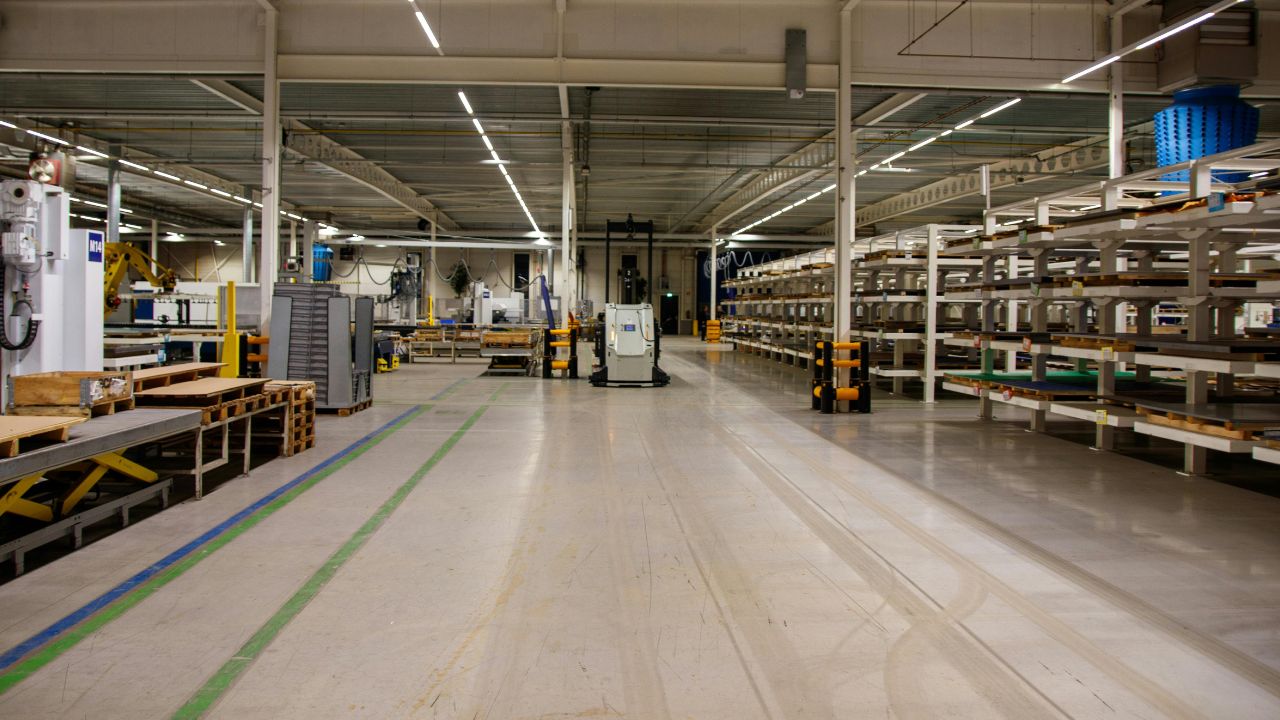When it comes to workplace wellness, few factors are as influential—or as overlooked—as cleanliness. A consistent routine cleaning guide for workplaces is one of the most effective ways to prevent illness, support employee well-being, and maintain a productive environment. For facility managers overseeing multiple locations, consistency isn’t just a goal—it’s a responsibility.
1. The Science Behind Surface Contamination
High-touch surfaces are the primary carriers of workplace germs. Door handles, keyboards, light switches, and breakroom tables can harbor viruses and bacteria for hours, sometimes even days. Research from the Centers for Disease Control and Prevention (CDC) confirms that routine disinfection significantly reduces the spread of respiratory and gastrointestinal illnesses in shared environments.
Integrating high-frequency disinfection into your facility cleaning schedule—particularly during cold and flu season—can prevent outbreaks before they start. Proper cleaning agents, applied at the right intervals, make a measurable difference in reducing absenteeism.
2. Air Quality and Dust Control in Facilities
Surface cleaning alone isn’t enough. Dust and airborne contaminants contribute to poor indoor air quality, leading to respiratory irritation, fatigue, and decreased concentration. Regular vacuuming with HEPA filters, vent maintenance, and periodic deep cleaning all support a cleaner breathing environment.
This approach doesn’t just protect health—it also extends the lifespan of HVAC systems and surfaces. Following a consistent routine cleaning guide for workplaces ensures every area, from flooring to ceiling vents, receives the right level of attention.
For additional insight into how NFC maintains commercial facilities, explore our Janitorial Services page for detailed program examples.

3. Cleaning Frequency Matters More Than You Think
Every workplace operates differently. A corporate office may need once-daily cleaning, while retail, healthcare, or restaurant environments require continuous upkeep throughout the day. The key is balance: frequent enough to control contamination, efficient enough to maintain productivity.
Establishing a written workplace cleaning schedule creates consistency across multiple sites. It defines cleaning frequencies, areas of focus, and quality expectations—helping management teams measure performance and accountability. Predictive cleaning, which adjusts frequency based on occupancy data, is another growing best practice that keeps costs efficient while maintaining safety.
4. The Ripple Effect of a Routine Cleaning Guide for Workplaces
Clean workplaces don’t just reduce illness—they foster trust. Employees feel more valued in clean spaces, and customers naturally associate cleanliness with professionalism. The International Sanitary Supply Association (ISSA) reports that regular cleaning can reduce absenteeism by up to 46%, directly impacting productivity and morale.
When every site maintains consistent cleanliness standards, brand perception improves, and operational efficiency follows. Clean facilities send a message of care, competence, and commitment—values central to every professional environment.
Creating Healthier Workplaces Through Consistency
Routine cleaning is more than maintenance—it’s a preventative health measure. By implementing this routine cleaning guide for workplaces, facility managers ensure that employees, clients, and guests experience safer, more welcoming spaces every day.
If it’s been a while since your last facility cleaning review, now is the time to act. Schedule a janitorial assessment with National Facility Contractors to evaluate your current program and discover how consistent cleaning practices can reduce illness and improve workplace well-being.






